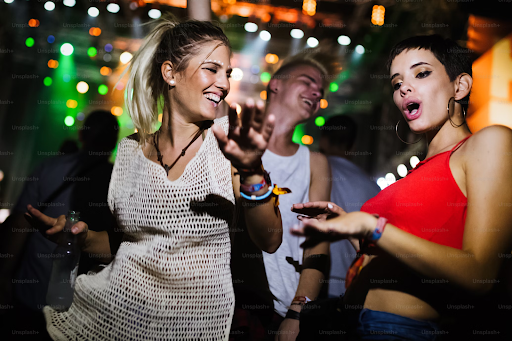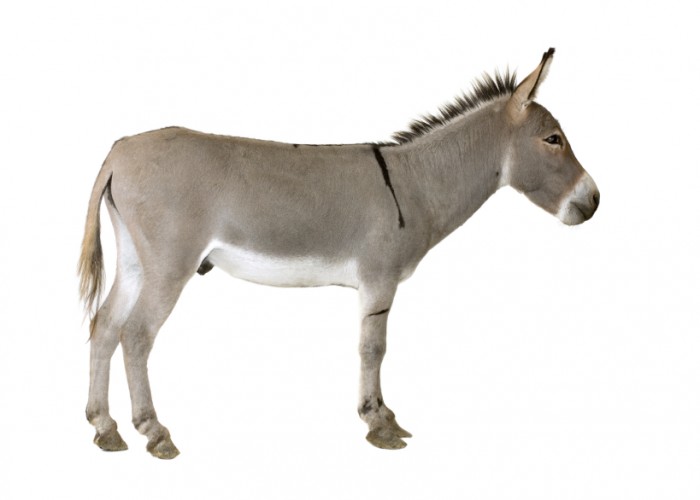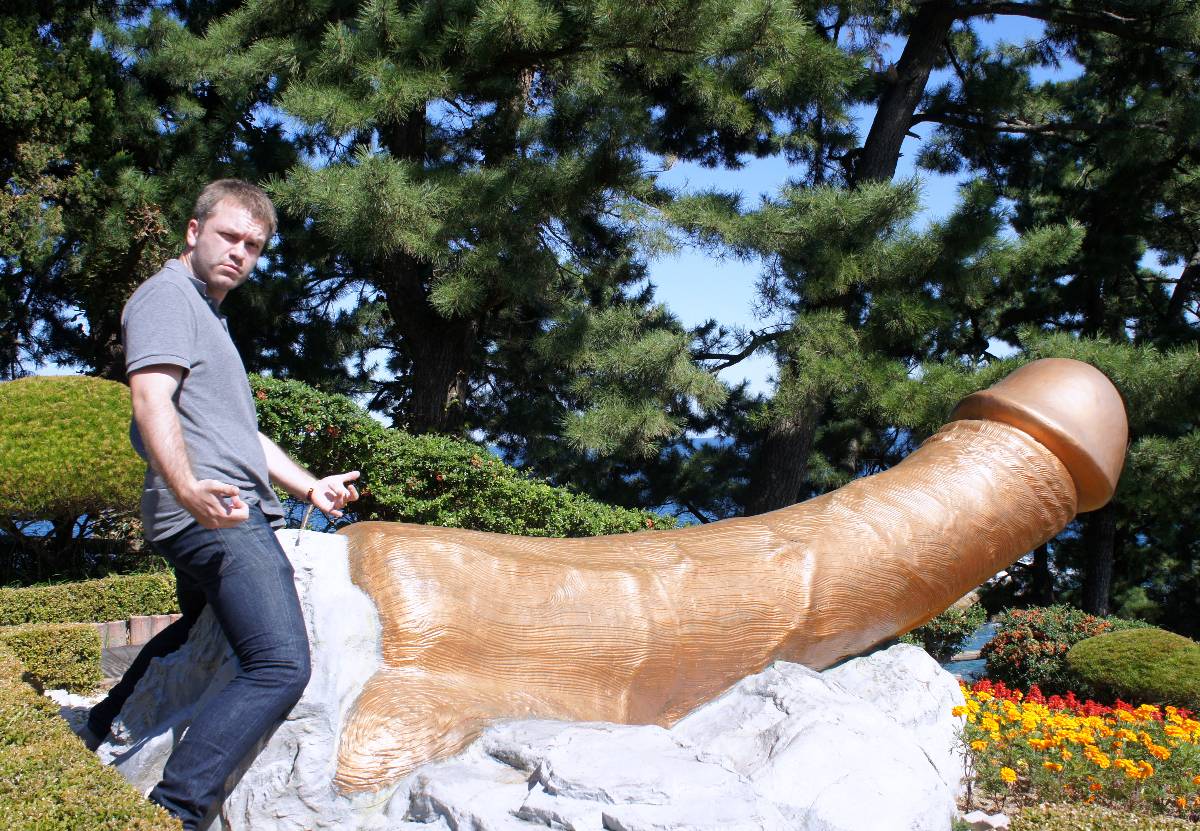The nightlife of the 1980s and 1990s was a kaleidoscope of vibrant culture, pulsating music, and unparalleled energy. It was a time when neon lights illuminated the streets, and underground clubs became the breeding ground for new sounds and styles. Let’s take a trip down memory lane and explore the captivating world of nightlife during these iconic decades.
Table of Contents
The 1980s: Neon, new wave, and nightclubs
The 1980s was an era of excess and innovation, reflected vividly in its nightlife scene. As the sun set, cities like New York, London, and Tokyo came alive with the sound of synthesizers and disco outfits (in dutch: Disco kleding). Nightclubs such as Studio 54 in New York and The Haçienda in Manchester became legendary hotspots where celebrities, artists, and party-goers converged to dance the night away. One of the defining features of 1980s nightlife was the emergence of new wave music. Bands like Depeche Mode, New Order, and Duran Duran ruled the airwaves, and their infectious beats filled the dance floors of clubs across the globe. The fashion of the era was equally bold, with neon colors, spandex leggings, and oversized blazers becoming iconic symbols of the nightlife scene. But it wasn’t just about the music and fashion – the 1980s nightlife was also a melting pot of cultures and subcultures. LGBTQ+ communities found sanctuary in underground clubs, forging a sense of belonging and acceptance amidst the conservative backdrop of the era.
The 1990s: Raves, hip-hop, and alternative culture
As the 1990s dawned, the nightlife scene underwent a seismic shift, driven by the rise of electronic dance music and the explosion of rave culture. Warehouses and abandoned buildings were transformed into impromptu dance floors, where party-goers danced until dawn beneath strobe lights and psychedelic visuals. The rave scene was characterized by its hedonistic spirit and sense of liberation. Ecstasy, a popular recreational drug at the time, fueled the euphoria of the dance floor, leading to a sense of collective euphoria and unity among ravers. While electronic music dominated the underground, the mainstream saw the meteoric rise of hip-hop culture. Artists like Tupac Shakur, The Notorious B.I.G., and Dr. Dre became household names, and their music provided the soundtrack for urban nightlife around the world. Clubs in cities like Los Angeles, New York, and Atlanta became bastions of hip-hop culture, where DJs spun vinyl records and MCs battled for supremacy on the mic with nice training suits as outfits (in dutch: Fout trainingspak).
At the same time, alternative culture began to gain mainstream recognition, with bands like Nirvana, Pearl Jam, and Radiohead challenging the status quo with their raw and introspective music. Grunge clubs became havens for disaffected youth, offering a reprieve from the glossy excesses of mainstream culture.
Legacy and influence
While the 1980s and 1990s may seem like a distant memory, their influence on contemporary nightlife is undeniable. Many of the musical genres and subcultures that emerged during these decades continue to shape the way we party today, from electronic dance music festivals to hip-hop clubs and alternative music venues. Moreover, the spirit of inclusivity and diversity that defined the nightlife of the 80s and 90s continues to resonate in contemporary club culture. LGBTQ+ communities have fought for and won greater visibility and acceptance, while underground scenes provide a platform for marginalized voices and alternative perspectives.
In conclusion, the nightlife of the 1980s and 1990s was a time of unparalleled creativity, diversity, and excitement. From the neon-lit dance floors of Studio 54 to the underground raves of the 90s, these decades left an indelible mark on the cultural landscape, shaping the way we party and express ourselves to this day. As we look back on these iconic eras, let us celebrate the legacy of innovation and freedom that continues to inspire us on the dance floor and beyond.








